Arabian Sand Cat Facts
- Most notably, the fabulous Arabian Sand Cat also remains quite popular as the sand dune cat. Furthermore, the mammal forms the only feline that resides principally within the true desert.
- In addition, this rather fascinating small feline species was first identified in 1858. This actually occurred as a result of one being seen in the Sahara, quite by accident.
- Also of importance, in 2002, the IUCN originally listed the mammal as Near Threatened on its list. This occurred due to concerns about potential low population size and decline.
- However, in 2016, after reviewing promising new data, that status was significantly upgraded to Least Concern.
Related Articles
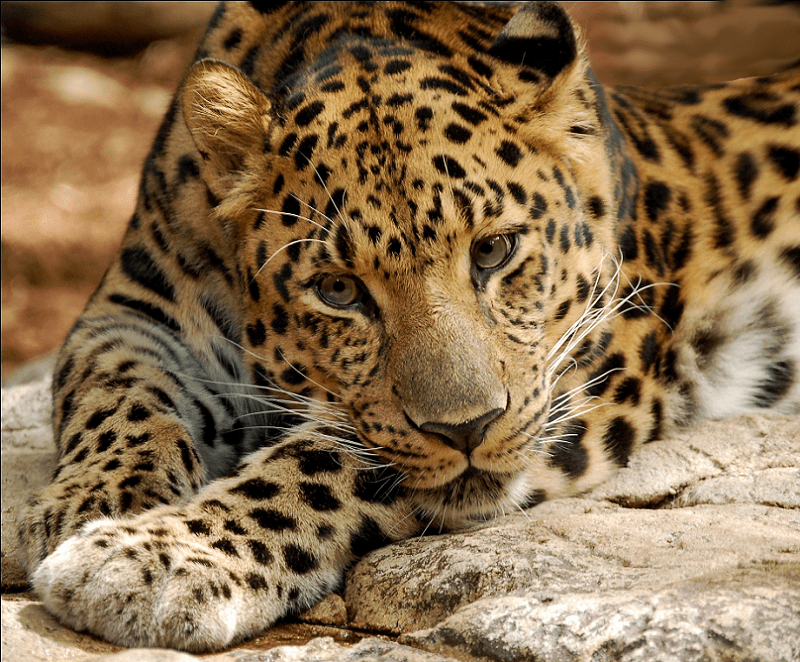
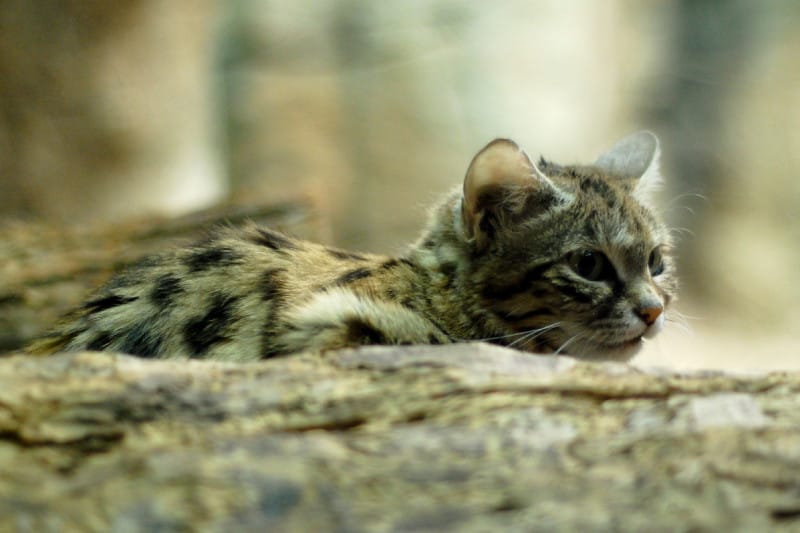
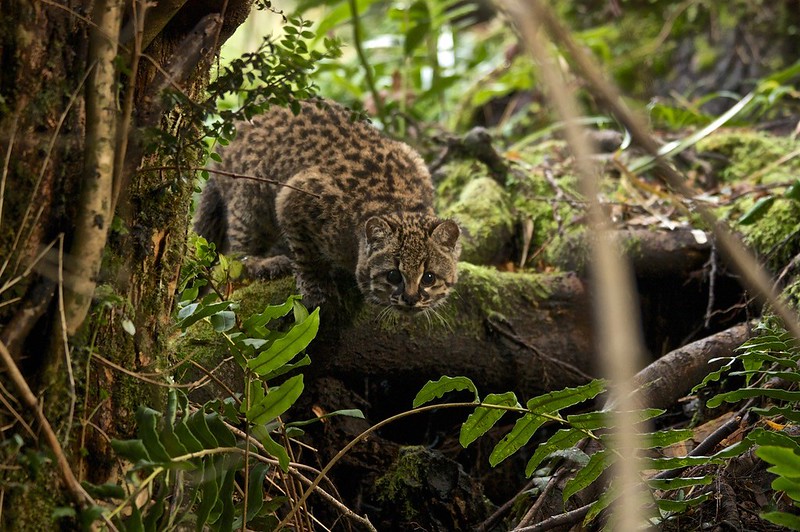
Arabian Sand Cat Physical Description
Firstly, the Arabian Sand Cat represents a small species of a wildcat. It also seems to be highly adapted to its environment. It possesses a stocky build, with short legs and a rather long tail.
Individuals generally show a light tan in color. Additionally, the fur most commonly appears without spots or stripes. The chin, lips, belly, and throat display white. The ears show tawny brown at the base with a black tip.
This cat also attains a normal body length of as much as 20 in (52 cm). The longer than average tail may also reach 12.2 in (1 cm) in length. Further, some individuals occasionally weigh up to 7.1 lb (3.2 kg).
The bottom of its paws becomes extremely thickly padded. This, as a result, naturally provides protection from the desert terrain. The ears grow large, compared to other small wildcats.
Acute hearing remains a survival necessity in an environment where prey stays scarce.
- Kingdom: Animalia
- Phylum: Chordata
- Class: Mammalia
- Order: Carnivora
- Family: Felidae
- Genus: Felis
- Species: F. margarita
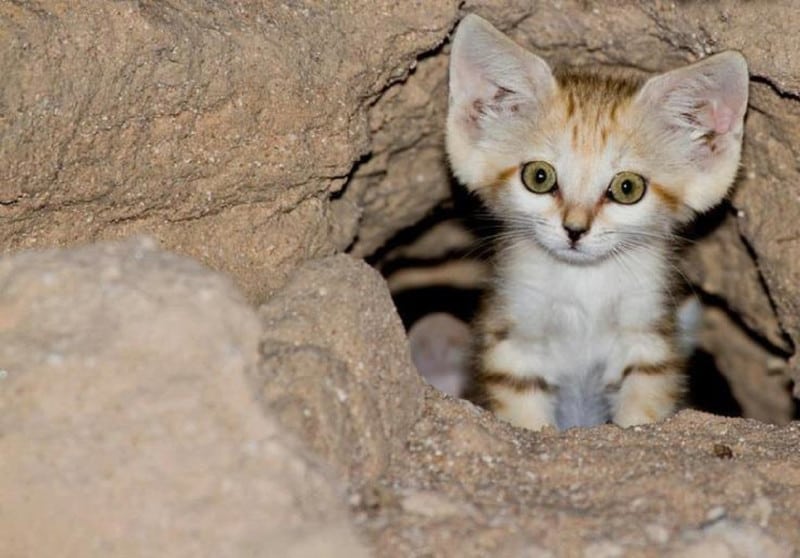
Arabian Sand Cat Distribution, Habitat, and Ecology
The magnificent Arabian Sand Cat appears to have a widespread, though disjointed distribution. It mainly inhabits largely the deserts of northern Africa. But, it also appears to be present in smaller populations in central and southwest Asia.
In North Africa, the cat appears in numerous locations. These include Morocco, the Sinai Peninsula, Egypt, Libya, Chad, and Sudan. In Asia, it lives in an area ranging from the Caspian Sea to the northern border of Afghanistan.
This feline likes both sandy and stony desert regions. It also seems to prefer flat or undulating terrain with little vegetation. It also typically avoids bare sand dunes. In such locations, there is comparatively little food.
The feline remains capable of surviving in temperatures ranging from 23F-126F (-5C-52C). But, quite wisely, individuals will withdraw to burrows during extreme conditions.
While the feline will, of course, drink when water is available, it can survive for months just on the water in its food.
Species Sharing Its Range
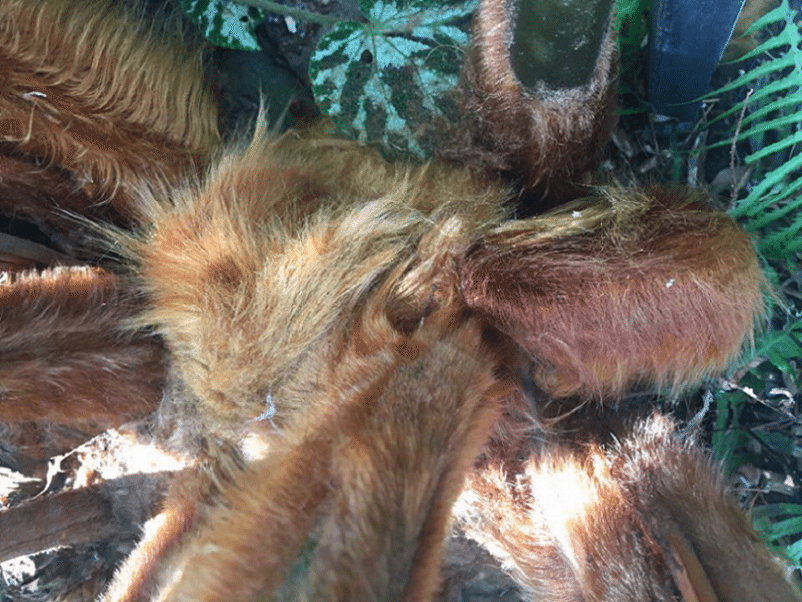
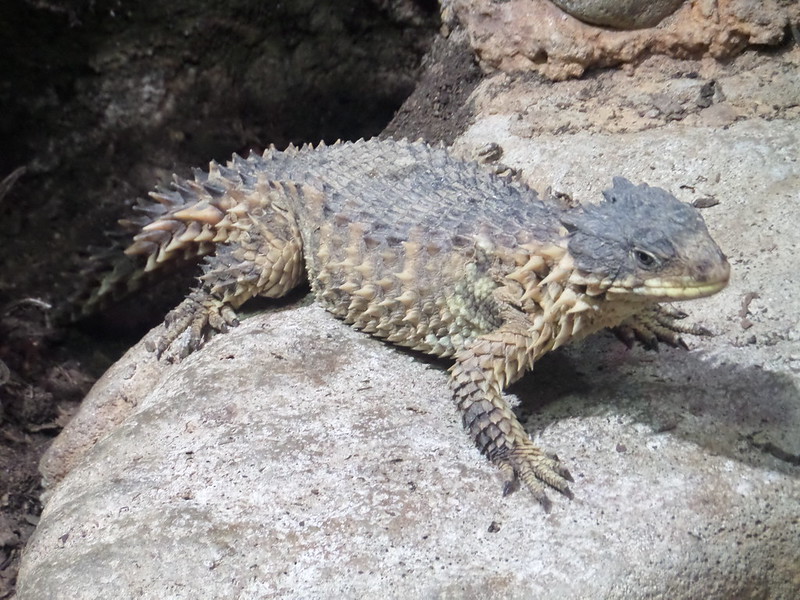
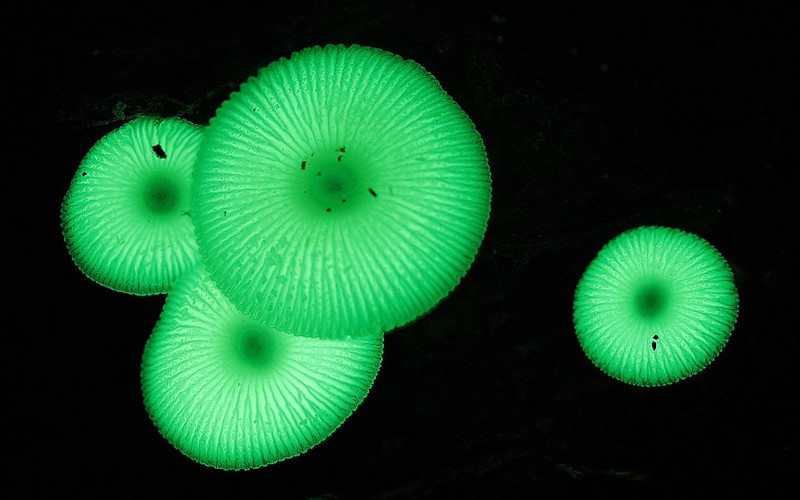
Check out our other articles on Incredible Sharks of the World, Blue Shark, Nyiragongo Volcano, Tibetan Sand Fox, Nevin’s Barberry, Blanket Octopus, Greater Sage Grouse, Cairns Birdwing
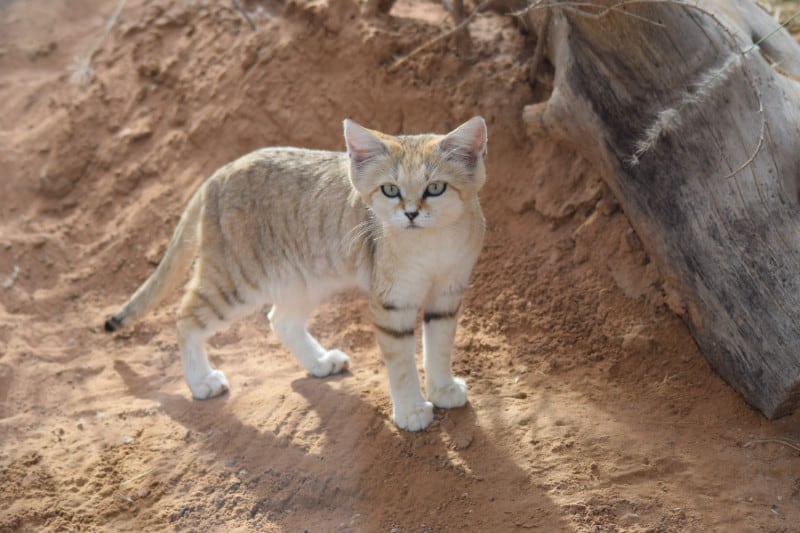
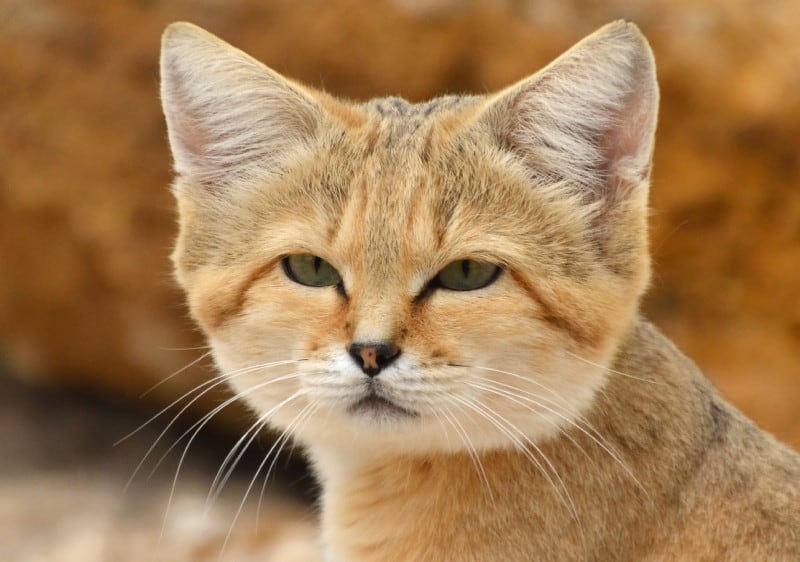









Leave a Reply